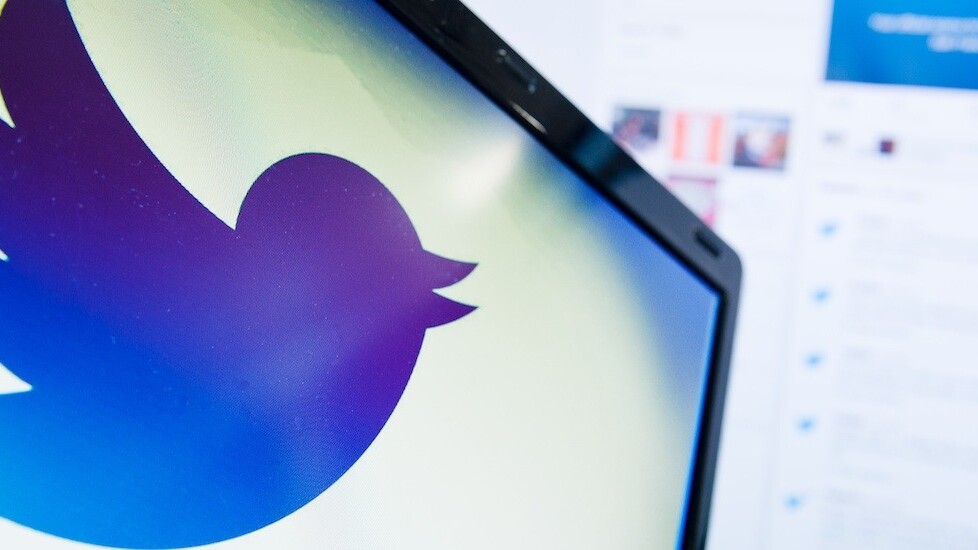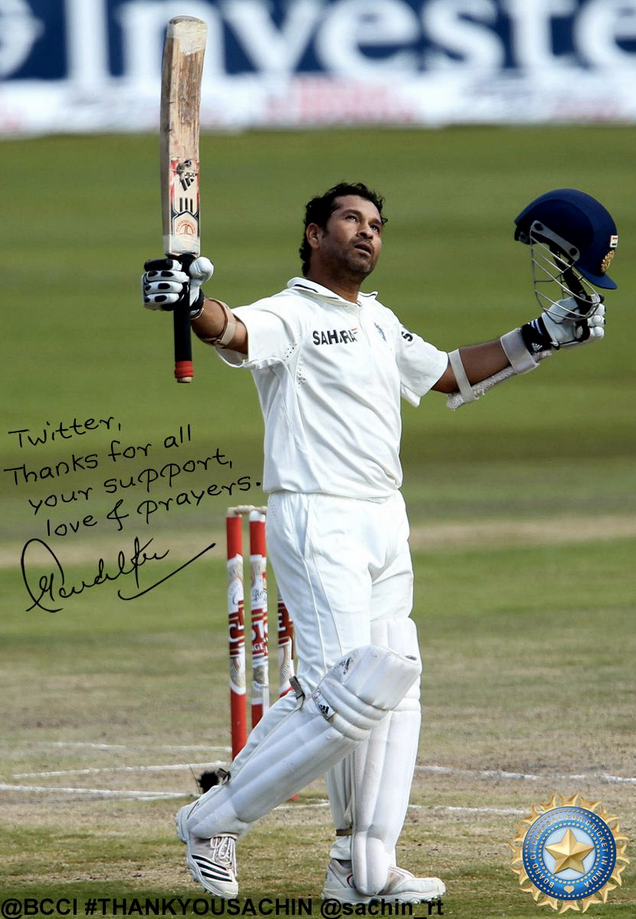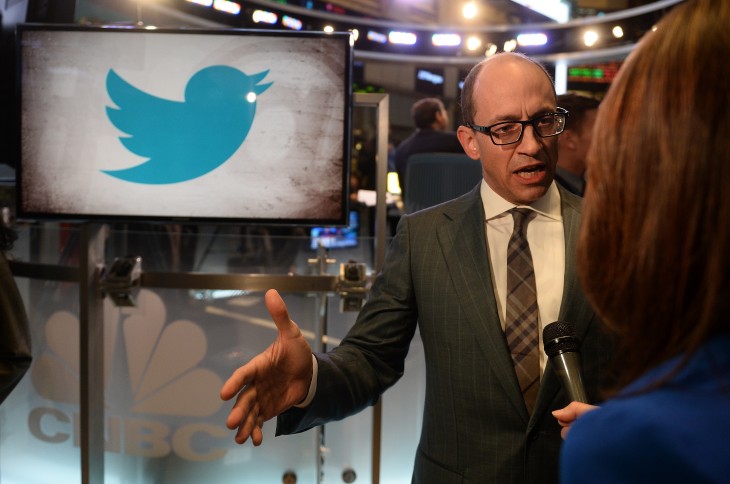
2013 was a year of changes for Twitter, and one of the key themes that surfaced was how the company would fend off the challenges brought about by the rapid growth of messaging apps.
After all, given that Twitter is best known as a place for conversations to happen, making it convenient for people to carry on public chats in private is a natural progression.
Shailesh Rao, Twitter’s vice president of Americas, Asia Pacific and emerging markets, tells TNW in a recent interview that the main value proposition of Twitter is that it’s a “live, public and conversational platform,” but within the framework the company is keen on experimenting and trying new things.
He notes that Twitter is “very committed” to three main areas that they think will make the service better for users — one of them is having a “better mix between public and private messaging.”
What we know is that when you’re experiencing a public event, you’re having a communal experience at a cricket match, a soccer match or a music concert — while you’re experiencing that with hundreds and thousands of people that you don’t know but who also share your interest, you’re also there with your friends having private conversations about what you’re experiencing together.
So that kind of dynamic is what we’re trying to reflect better in the product, which is this back-and-forth between public and private messaging. And I think we’re unique in that regard, because that conversation is anchored around the live experience — it’s fresh, it’s timely, and it’s relevant.
Rao’s open acknowledgment that Twitter is seeking to also build up its private messaging feature speaks volumes about the threat that messaging apps pose to it — though he dismissed the concern and insisted that Twitter is a “different and special kind of communication experience.” One of the points he raises is that Twitter is public, which means you can basically talk to anyone who has the same interests as you, instead of just family and friends.
“The orientation is much more about interest — if I hear about running, I can commune and gather with a community of people who care about running; it’s not limited or confined to my friends and family. It’s anybody,” he tells us.
Regardless, Twitter has been rolling out experiments to its Direct Messaging service. Up until recently, the feature was pretty much buried in most Twitter clients, but it is now on the front page of the Web service and is more accessible within Twitter’s mobile apps. Throughout the past year, Twitter also added support for images, experimented with allowing direct messages from anyone, and temporarily disabled the sharing of links in direct messaging.
Twitter already has the difficult part down pat — creating a public conversational platform — but now it needs to encourage users to spend more time on the service.
As Dickson Seow, the head of Twitter’s Asia-Pacific communications and public relations, puts it: “We’re going to be good at certain things but we want to provide a better balance. In terms of public, it’s great, but sometimes you want to whisper to somebody, and enabling that as well gives a much broader communications experience on our platform.”
Other than direct messaging, Rao also says that Twitter is trying to build an easier new user experience, a nod to the fact that many new users have difficulty overcoming the initial hurdle of knowing what they’re supposed to do on the platform when signing up. To this extent, Twitter has been toying with removing @replies and experimenting with replacing its retweet button with a ‘share’ button. Removing such barriers would bring it in line with other social networks.
Another key commitment of Twitter is to showcase media, Rao tells us — which likely explains why Twitter has rolled out a profile redesign that shares more than a passing resemblance to Facebook and Google+. “We’ve seen the data and the data says that when people have video, images, in addition to text, it’s more engaging — it’s a richer experience,” he says.
Twitter in Asia
Twitter has nearly 220 million users based outside of the US, about 77 percent of its userbase, and Rao reveals that Asia-Pacific is the largest region for the company in terms of number of users. In fact, he notes that two of its five largest userbases in the world are in Asia, and three of the largest 10 — Japan, Indonesia and India.
He says that Asia is exciting for Twitter because of the opportunities to scale:
As much as we’re proud of the fact that this (APAC) is the largest userbase regionally for Twitter in the world, as much as we’re proud of the fact that it’s the fastest-growing region for usage in the world, we still look at the Internet populations in this region and realize that there’s tremendous opportunity for the future.
Over 100 million Internet users in India, a massive Internet userbase in Indonesia, a huge Internet base in Japan, Australia and Korea are the same… we are focused on all these major markets in Asia, because they all represent tremendous opportunity.
Rao notes that Twitter is extremely focused on making sure that the content and people that users can connect with in Asia are what the company is continually focused on, “because Twitter is only as good as the relevance and the diversity and the quality of the content that users have access to.”
It is also ensuring that Twitter can reach anybody, which means making the service available on an array of platforms including SMS or feature phones, PCs or tablets, as well as in various languages. And finally, Rao says that the third element of Twitter’s strategy in Asia is education, which is making sure that users in Asia know how to take advantage of the product.
However, Rao confirms that Twitter isn’t able to make its service available to Chinese users and “there’s a sense of disappointment” that this is the case. Though he declined to elaborate further, it is almost certainly due to censorship issues, given that Twitter.com and its services have been blocked by the government in China since 2009.
Rao did note though that there is a huge diaspora of Chinese who use Twitter, and it is building a team to work with individuals who influence and drive Chinese culture and entertainment — so they know how to use Twitter and can stay connected with the estimated 50 million overseas Chinese citizens.
Making money in Asia
With Twitter going public in November last year, monetization is becoming crucial for the company — and it’s stepping up efforts to engage advertisers in the Asia-Pacific region.
Even though Twitter accounts outside the US made up 77 percent of the social network’s average monthly active users in the three months ended June 30, 2013, international revenue was only 25 percent of its consolidated total for the same period. Rao notes that this means huge opportunities for the company and he’s extremely bullish about the future of Twitter advertising in the region.
We’ve seen consistently over the past several years that Twitter’s form of advertising performs 10-30 times better than traditional digital display. So when I know I have this kind of userbase, and this sort of potential, and I have an ad product that outperforms traditional digital advertising, for me that’s exciting because it’s a huge opportunity…
Every conversation I’ve had, everywhere over the world, all I’ve seen is pent-up demand and tremendous enthusiasm to take better advantage of Twitter. Everyone wants to do it, they just want to know how to do it in the best way, and that’s our job.
To this extent, Rao tells us that his team is working hard to educate advertisers in Asia on how to use its advertising products — Promoted Accounts, Promoted Tweets and Promoted Trends.
Twitter advertising has also been closely linked with TV in recent times — its TV ratings service, which has expanded to many more regions, adds a range of Twitter-related metrics related to TV shows to existing broadcast ratings data, making it easier for advertisers and ad agencies to follow conversations related to shows.
Rao tells us that the relationship Twitter has with TV advertisers is going to be “much more important” in Asia. “If you travel to the West, you’ll find that television feels a little bit like a beaten down, traditional, fragmented form of media — and that’s not the case in this region,” he says.
It seems like Twitter is just embarking on its journey to conquer more users and retain an active userbase given its continuous experiments to better its product — but it no doubt faces a lot of challenges. Rao, however, politely declines to look at it that way.
Challenge is not the right word, I think our focus is on taking advantage of the opportunity we see right in front of us and moving as fast as we can, putting people in the regions, putting leadership in the regions, working hard every day to engage users, broadcasters and advertisers is our main focus.
When you’re introducing new technology into society, you have to be engaged with all stakeholders, public and private, individuals and organizations, and that’s what we do.
It remains to be seen how much more Twitter will grow going forward, but it is certainly working very hard at getting the word out.
Don’t miss – What to expect from Twitter in 2014
Headline image via Leon Neal/AFP/Getty Images, other images via Gabriel Bouys/AFP/Getty Images, Twitter, Andrew Burton/Getty Images, Emmanuel Dunand/AFP/Getty Images
Get the TNW newsletter
Get the most important tech news in your inbox each week.










